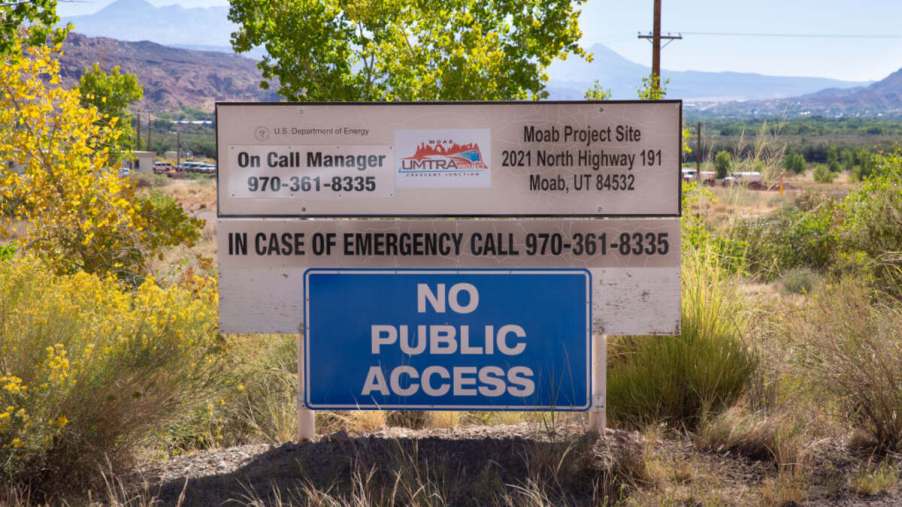
Feds Closing Over 300 Miles of Off-Road Trails in Moab, Utah: More to Come
Access to off-road trails in and around Moab, Utah, has been contentious for years. It’s a fight between environmentalists, off-roaders, and the Bureau of Land Management (BLM). But the fight could be over with environmentalist groups claiming victory. Over 300 miles of trail access for “off-highway vehicles” (OHV) has been closed by the feds.
This comes as a result of a Southern Utah Wilderness Alliance (SUWA) lawsuit over “mishandling of federal lands public access.” The roads in question are in Labyrinth Canyon and Gemini Bridges in the western portion of Moab. These closures start this weekend.
Why is the Bureau of Land Management closing Moab off-road trails?
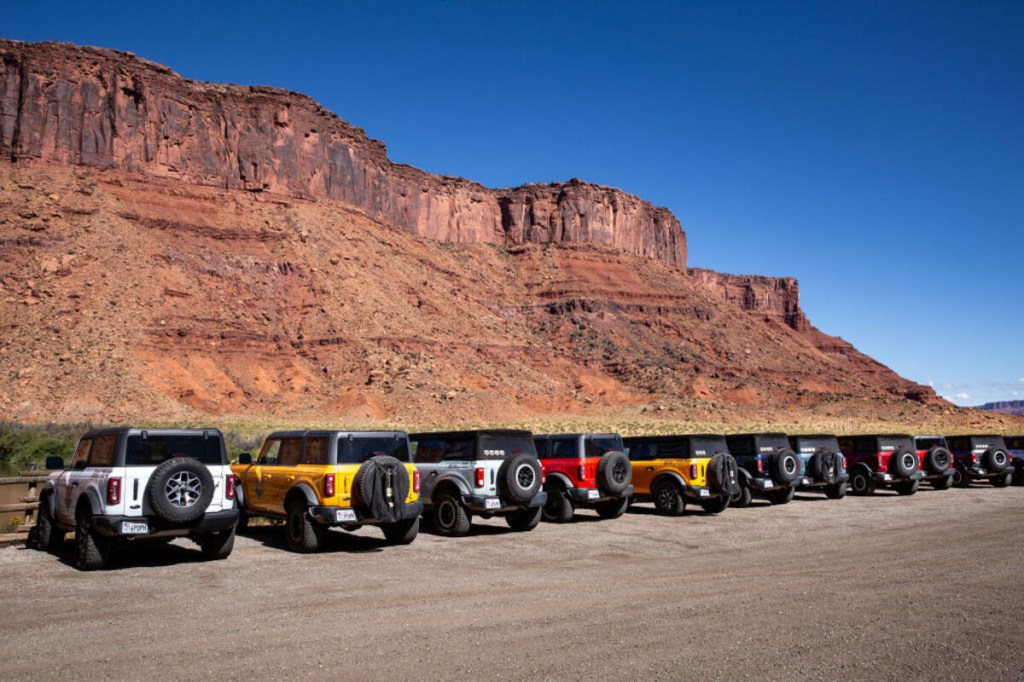
In 2017, a settlement with the SUWA included more stringent protections for wildlife habitats, sensitive ecosystems, and cultural resources. Off-roaders are now gearing up to fight the closures. They say that cutting off trail access will create economic losses for businesses that rely on tourism in Moab. Besides affecting off-roading, the closures will effectively shut down numerous campsites, mountain bike trails, and roads leading to hiking trailheads.
The 317 miles of closure represent about a third of the 1,057 miles of off-highway dirt roads and trails. But the trail closures will also mean that 18 miles of roads and trails won’t be accessible by trucks. In all, the two areas affected represent around 300,000 acres of land.
Will these off-road trail closures affect the Easter Jeep Safari?
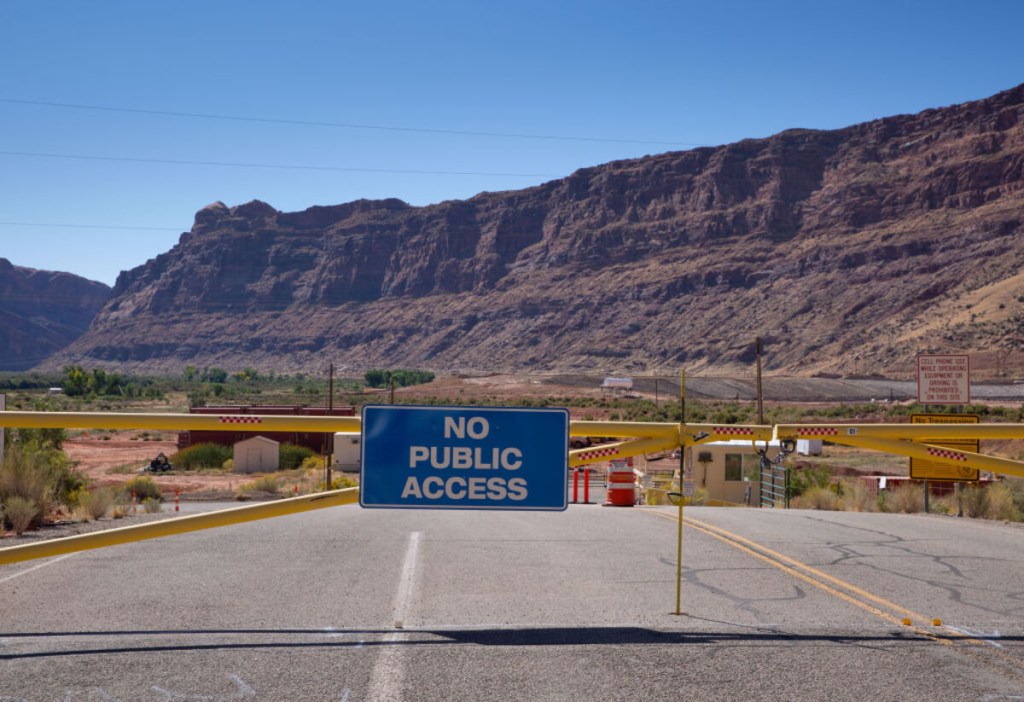
Of note is the closure of some Easter Jeep Safari trails, including Hey Joe Canyon and Day Canyon Point. The BLM is saying that over 90% of trails for Easter Jeep activities will remain accessible. But off-roaders fear that these first closures are only the start and that a wave of new trail closures will soon follow.
In a blog post, the Blue Ribbon Coalition, a group fighting to preserve open trails, said this is “the worst plan possible for public access to the area.” It told the Salt Lake Tribune, “There was a decent amount of route density in the Labyrinth Rims and Gemini Bridges area to where there was a good balance of all recreation uses. Now, they’ve tilted in favor of hurting a lot of recreation users.”
Will any other places close access to recreational drivers?
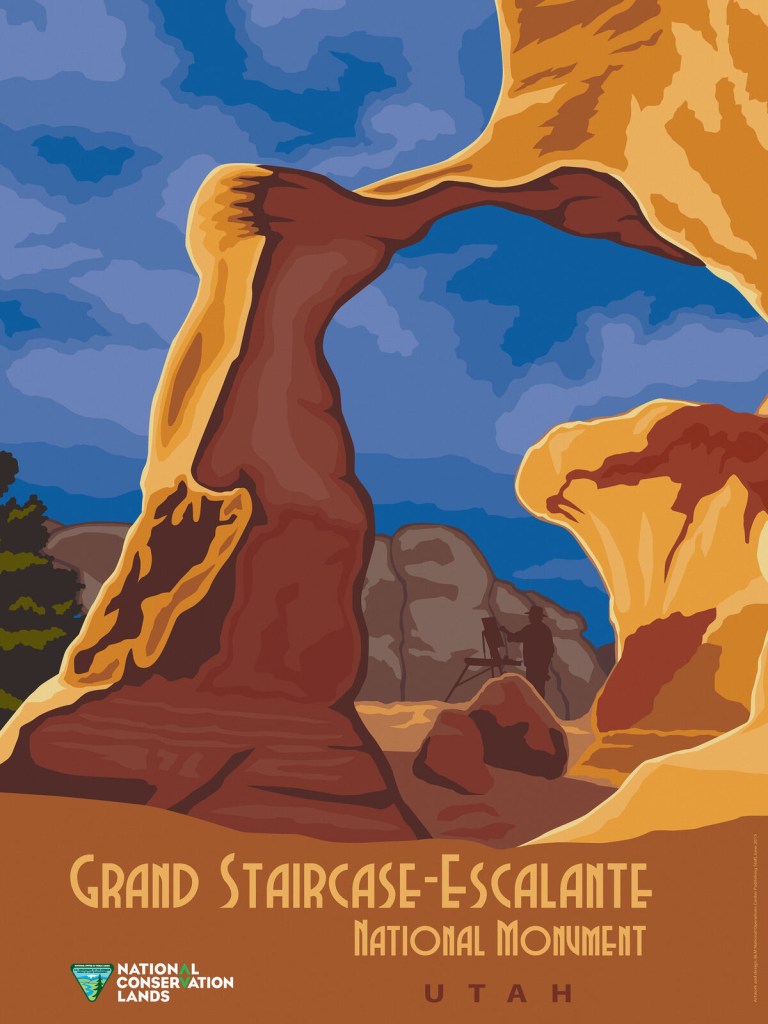
But the Southern Utah Wilderness Alliance says the sensitive ecosystems around Green River have seen more damage as off-roading continues to increase. “This is an opportunity for the BLM to finally get it right, to balance management and to actually protect the river corridor and those side canyons,” SUWA attorney Laura Peterson told the Desert News.
In a statement, the BLM says, “The new plan provides predictability and clarity for users, minimizes user conflicts and damage to natural and cultural resources, meets access needs, increases public safety, and addresses law enforcement issues within the area.”
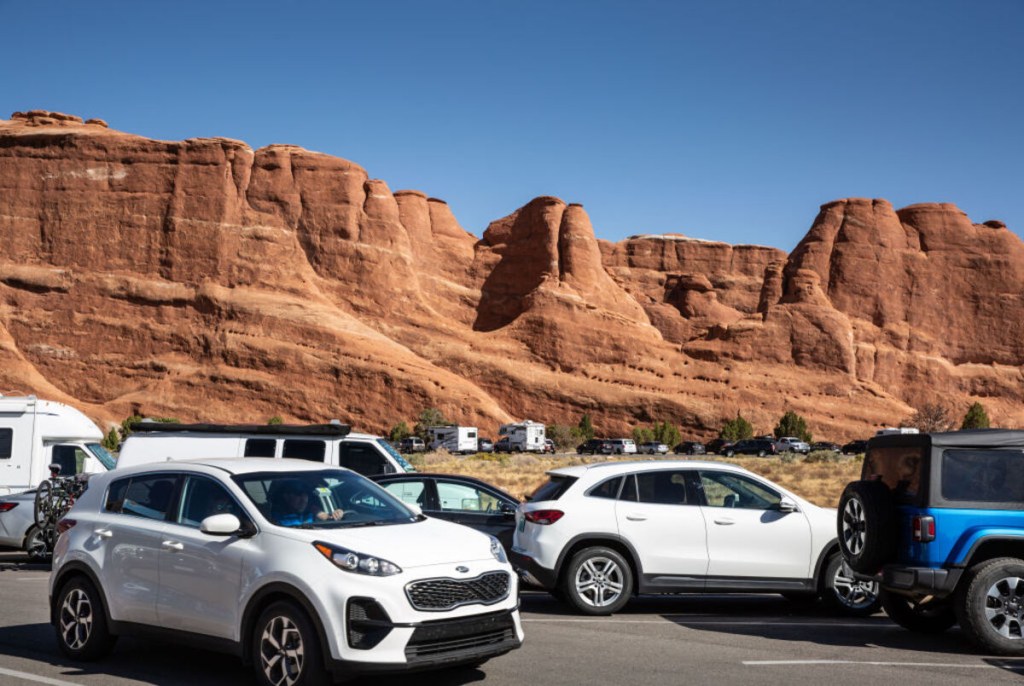
Of course, off-roaders are gearing up to fight the trail closures. They say this is only the beginning of removing trail access to OHVs. The BLM is still making plans for the Henry Mountains Travel Management Area, Trail Canyon, and the San Rafael Swell, according to The Drive. These cover over six million acres the BLM manages.



